







Collaboration with the artist WooJin Shin across the chasm of time and space between Chicago, IL and Bogotá, Colombia. Our discussion first focused on the desert, but this line was dry. An oasis, perhaps, but this thought drowned in its overtness. In between the desert and the oasis we found relief from the concrete. We conjure and spy what seems like material certainty, but such sureness quickly revealed itself to be a mere illusion. Alas, we came to the fabled, desert mirage, and in this shifting and unstable site, found the ideal environment to codify our exhibition. Here, our artistic practices seek to root themselves in the pursuit of higher notions, even as we undermine these potential and ideal realities. Mirage appears to be an exhibition of paintings, videos, and on-site interventions. Upon approach, these discrete practices merge, recede, and give way to collective searching and uncertainty.
Project with WooJin Shin, 4th Ward Project Space
Project with WooJin Shin, 4th Ward Project Space

Die Prosperous was the title of the third iteration of Carbon Copy Collective, held in a warehouse space in Austin, Chicago.
My contribution was a letter, a box with previous art pieces* and the same extension cord that I showed in Carbon Copy 2, this time, under the figure of the Ouroboros that works here as a metaphor of an infinite cycle of redoing, rethinking, and rephrasing our thoughts and ideas. As I was flying back from Chicago to Bogotá after 2 years, the letter expressed my thoughts and feelings around the collective itself and my friends and colleagues, to whom I gave total freedom to use the artworks on the box, in conversation with their work. About the extension cord (for me a recurrent leitmotif) it became an association of the snake eating its tail, literally recirculating its energy, as the collective has done.
* monochromatic paintings, objects, cut papers, and other remaining stuff, mostly from the projects “To light, and/ then return —” and Six Subtitles, Sixteen Weeks.
Die prosperous, Carbon Copy 3
My contribution was a letter, a box with previous art pieces* and the same extension cord that I showed in Carbon Copy 2, this time, under the figure of the Ouroboros that works here as a metaphor of an infinite cycle of redoing, rethinking, and rephrasing our thoughts and ideas. As I was flying back from Chicago to Bogotá after 2 years, the letter expressed my thoughts and feelings around the collective itself and my friends and colleagues, to whom I gave total freedom to use the artworks on the box, in conversation with their work. About the extension cord (for me a recurrent leitmotif) it became an association of the snake eating its tail, literally recirculating its energy, as the collective has done.
* monochromatic paintings, objects, cut papers, and other remaining stuff, mostly from the projects “To light, and/ then return —” and Six Subtitles, Sixteen Weeks.
Die prosperous, Carbon Copy 3












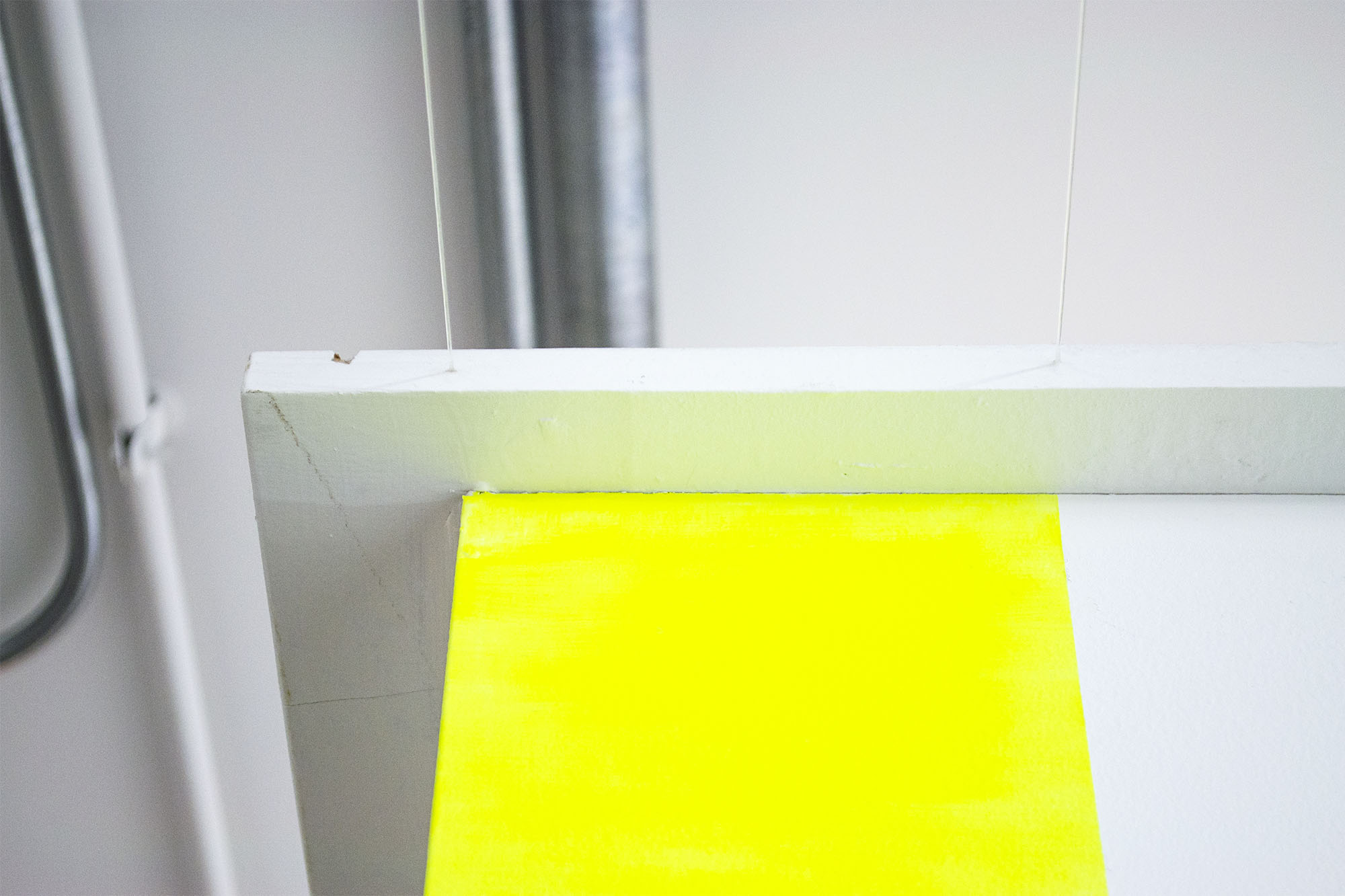











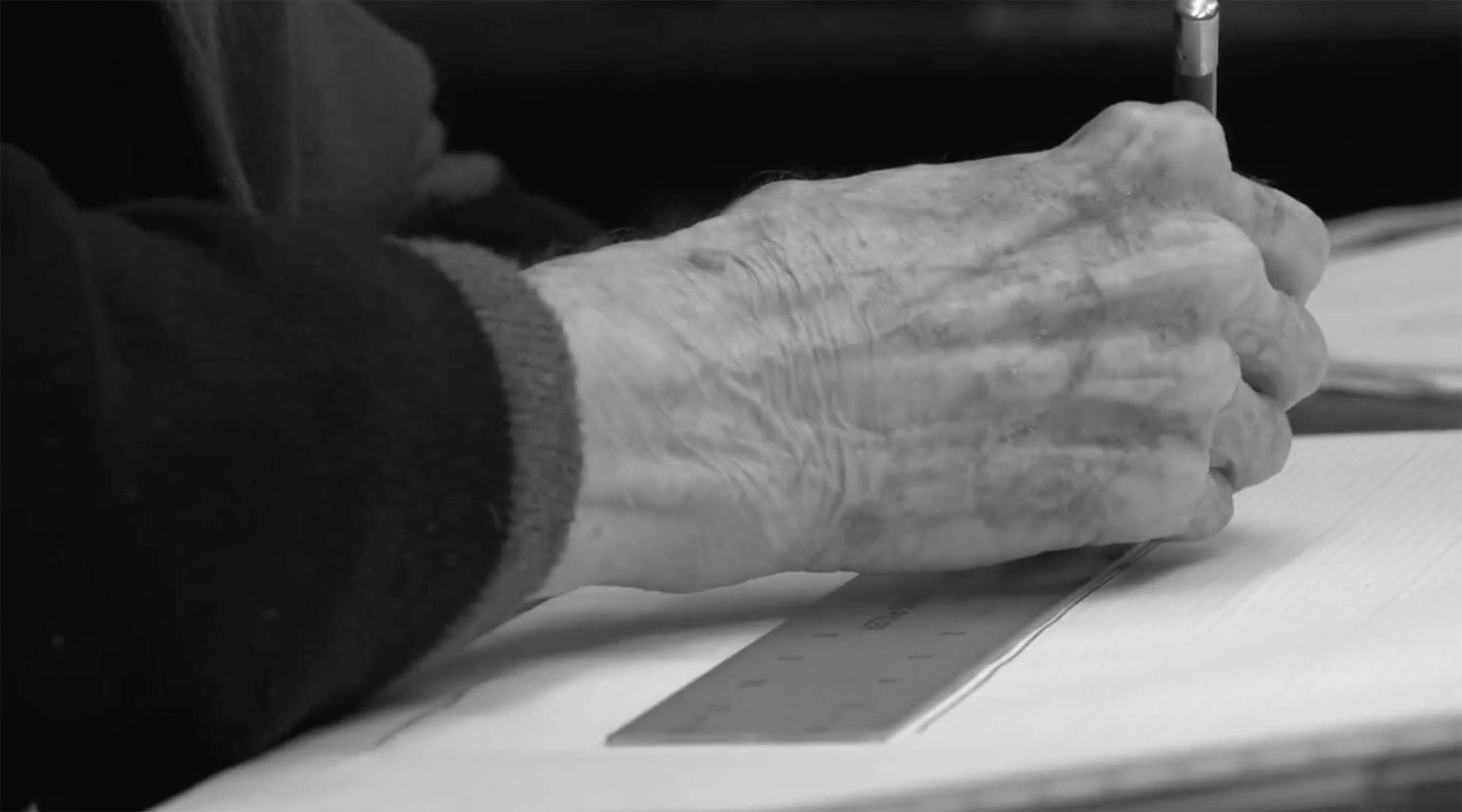
Based on the homonym short poem of Emily Dickinson, from the book The Gorgeous Nothings: Envelope Poems, this project is a visual version on behalf of silence or the aura of everydayness. It is also a look at a 90's color palette, an awkward look at middle-class interiors, the journey of an artist in a small space, a metaphor for cooking, a timeline, the invisible presence of a body, a light experiment and, mainly, a state of mind, a push and pulls between the materiality and the immateriality of thought.
SAIC
SAIC













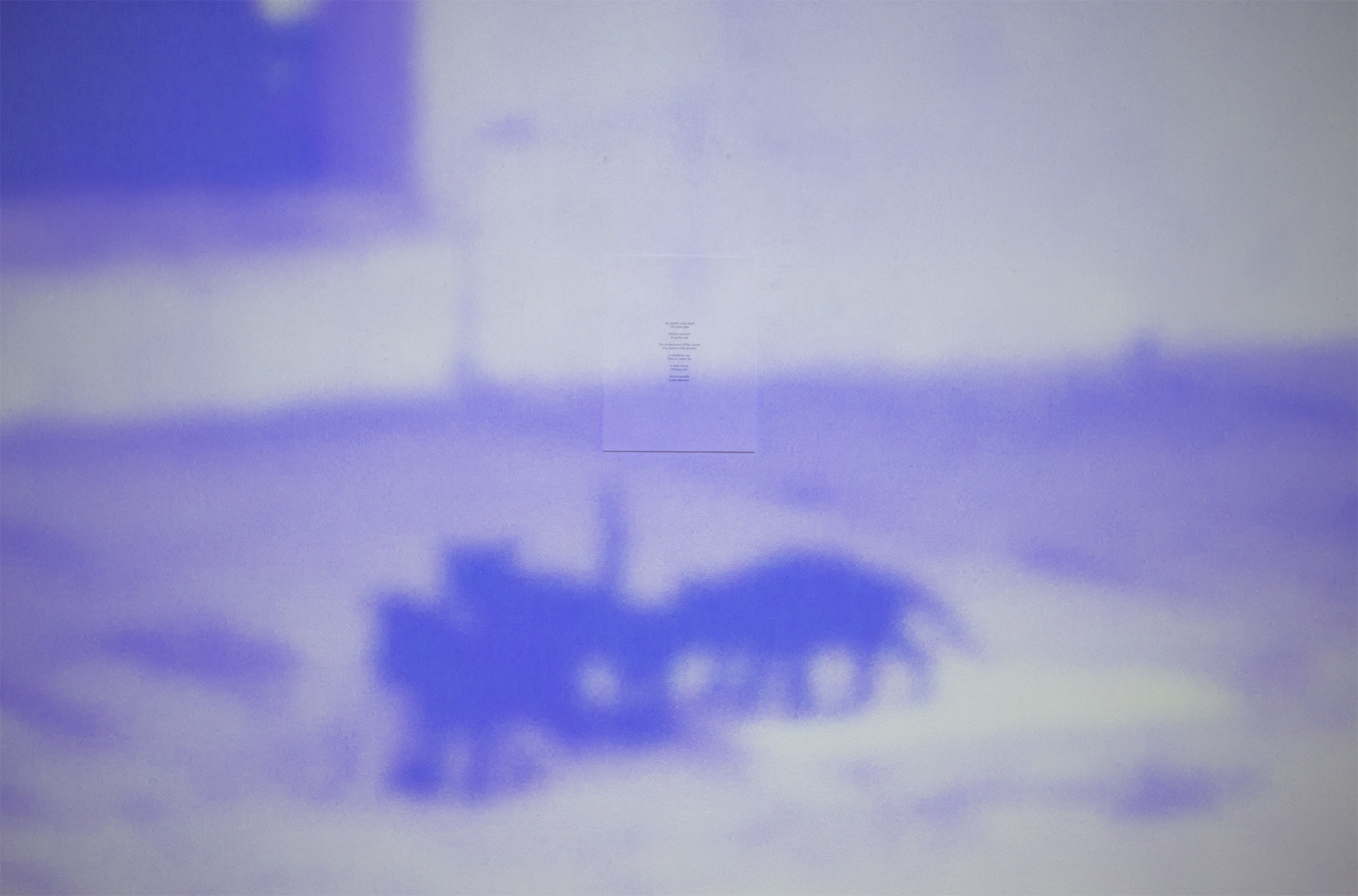






This project takes its title from a personal anecdote around a travel to Uyuni, a small town in south Bolivia, which is the point of entrance to a natural park that includes the largest salt desert of the world, as well as other particular landscape sights: red lagoons, an island of cactuses, sand dunes, gigantic plains and rocks in form of trees. The dilemma, or thought experiment, in this case, has to do with the impossibility to recreate a specific moment from that trip, let’s call it a sublime moment, and try to record the whole experience in my brain. Now I wonder, is it possible to address a memory just by thinking of it, or by thinking in similar memories? Can that memory can be as powerful as the original experience? Can it be better, different, worst, more unique? Can those questions be transformed into visual problems for an audience that doesn’t have anything to do with that story or context?
Within Receding Horizons, Sullivan galleries (SAIC)
Within Receding Horizons, Sullivan galleries (SAIC)










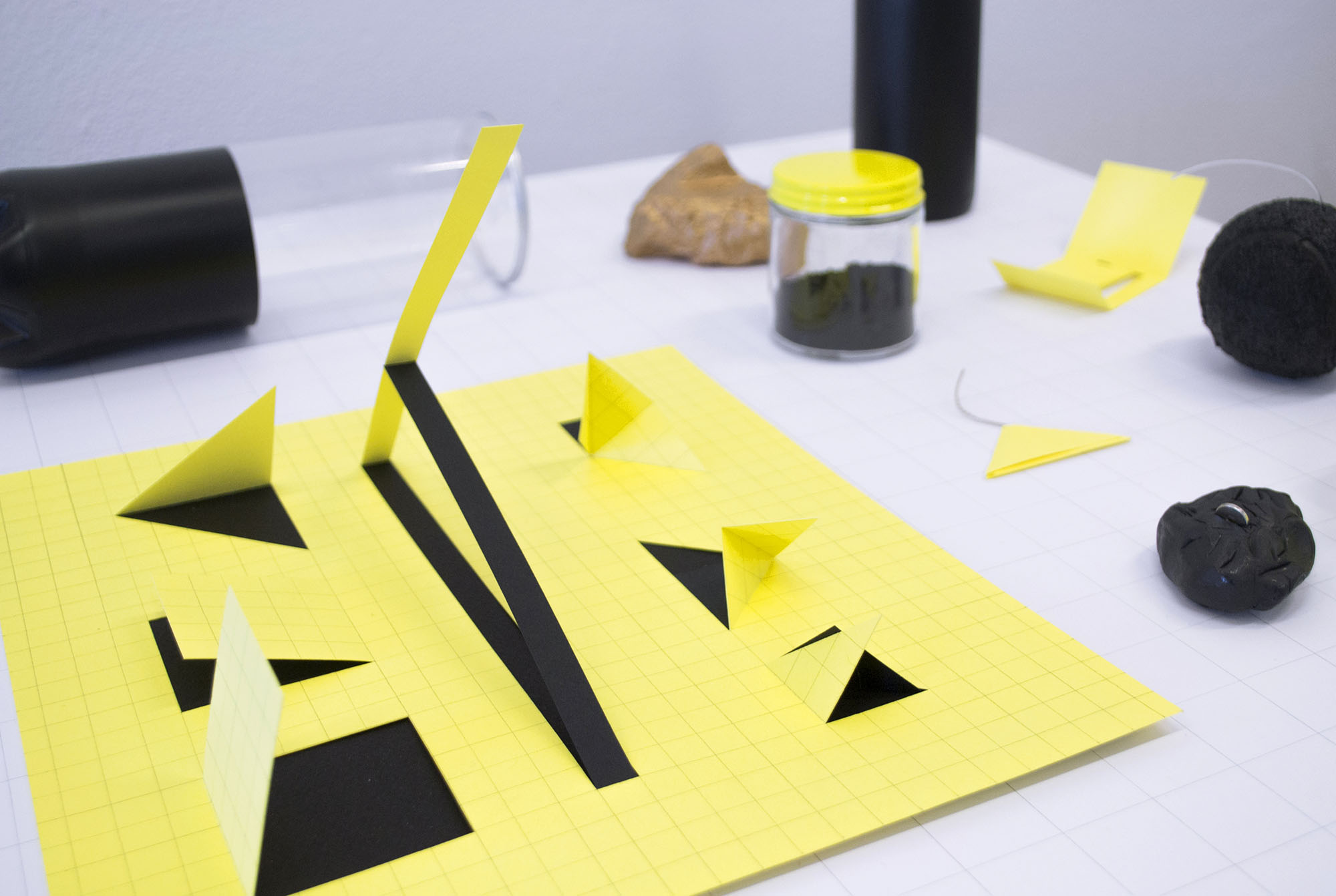




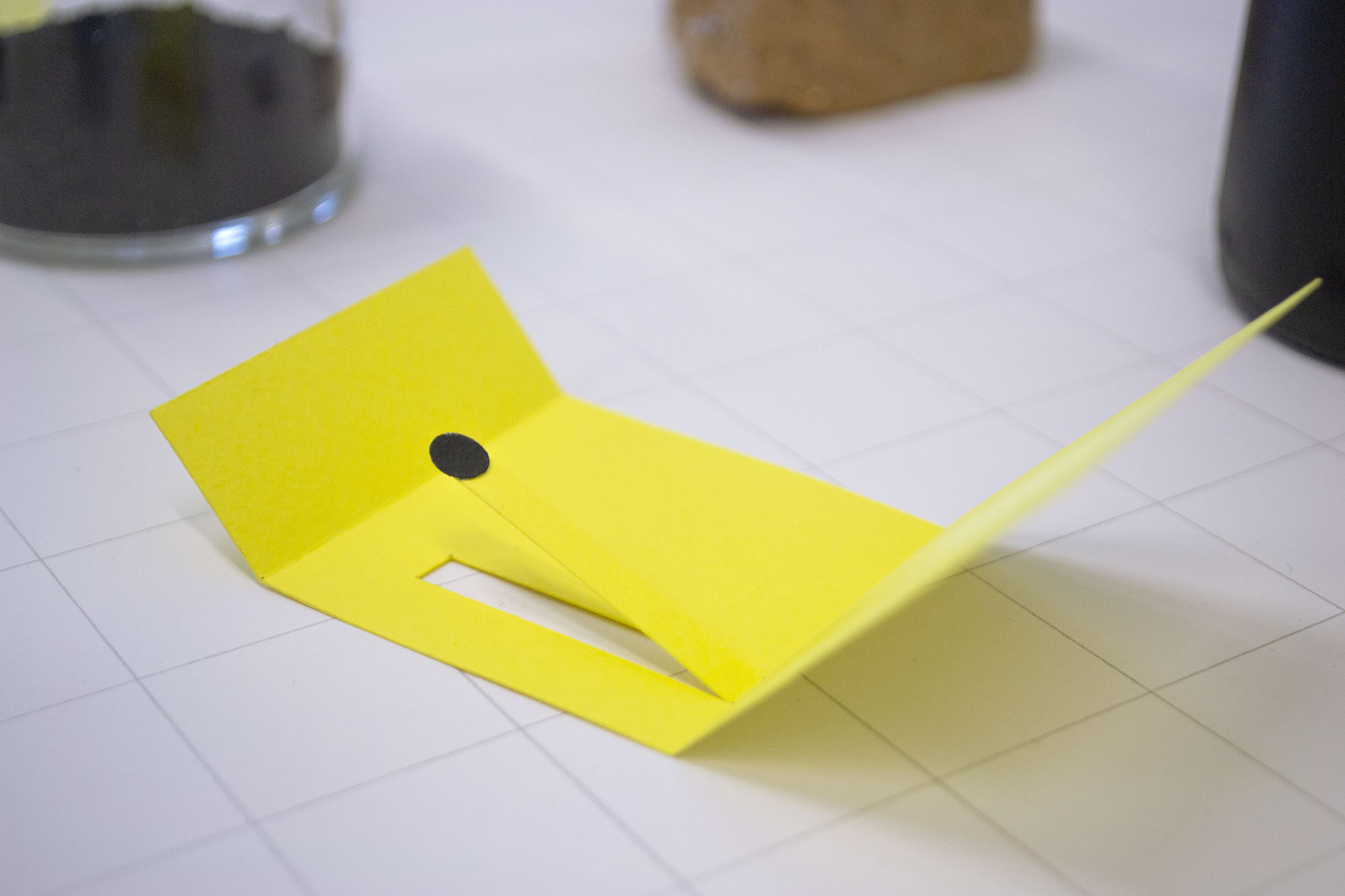





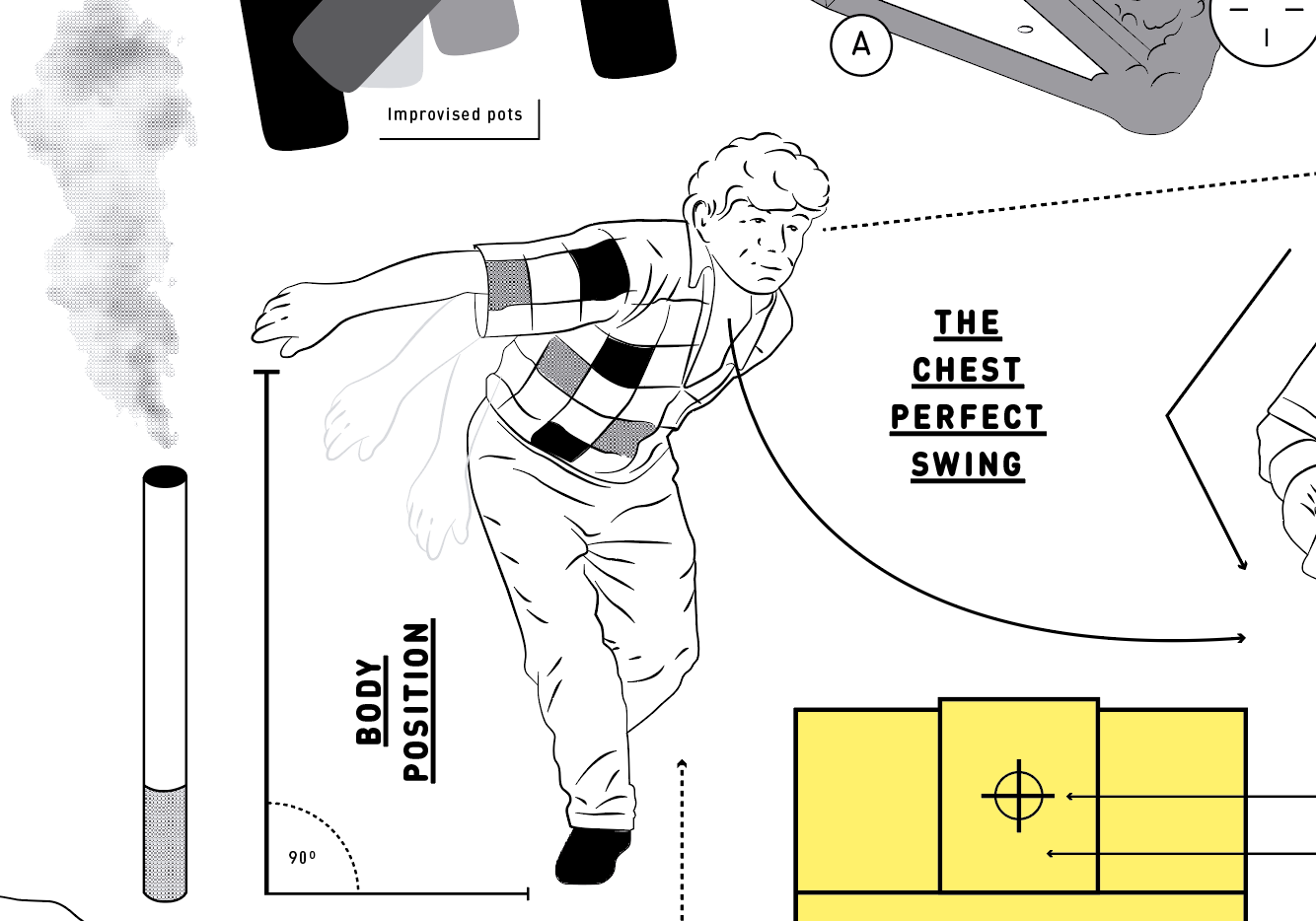




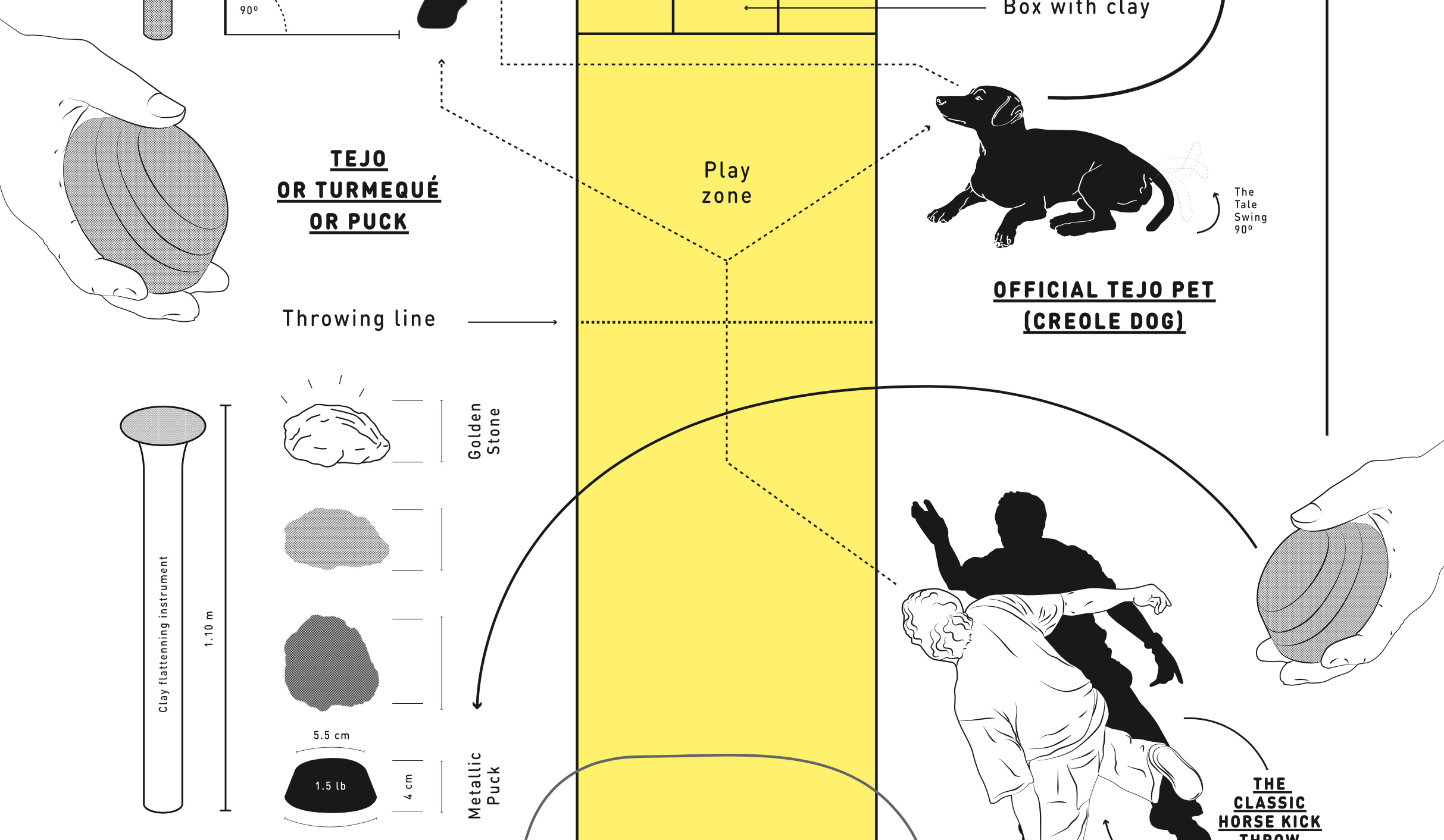




Sports are a reflection of the way societies function and provide a way to understand subtle and untranslatable concerns about cultural belonging and citizenship. Tejo, the national sport of Colombia, where I claim citizenship, is a good example to explain these issues and to understand some related paradigms. By reading sports and games as a model of the ways we come together, we can begin to see paradigms of larger systems. We have built and developed rules, values, right and wrong behaviors, structures, tools and boundaries that, in theory, could produce fair play and establish an even ground to live on and interact with each other. But often these structures and laws constitute limits, walls, competition, strata, market unfairness, and obstacles for spontaneous interaction. This project is composed of two parts, a site-specific playground made in my studio in SAIC, and a geometric model to understand the contradictions and ironies behind Tejo, a Precolumbian game as well as a modern sport.
SAIC
SAIC